brazilian pepper tree uses
The energy devoted to defense strategies. Brazilian pepper tree is the common name for the Schinus terebinthifolius tree a native of Brazil Argentina and Paraguay.
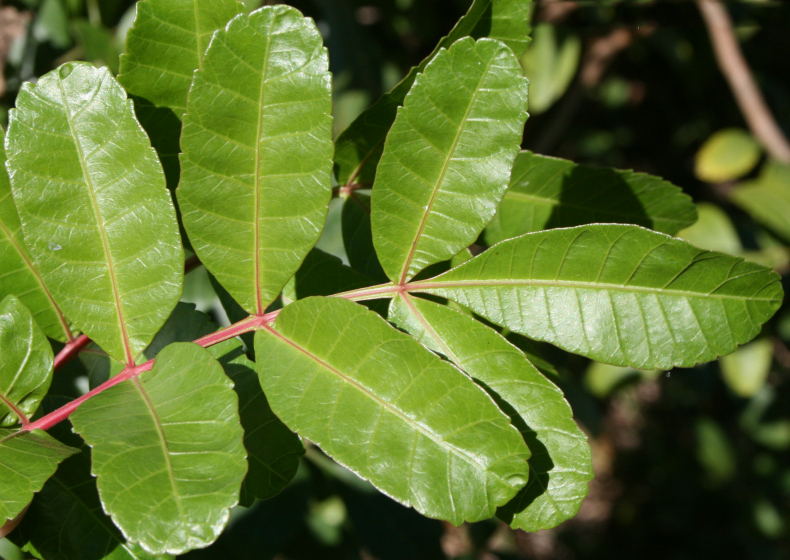
Brazilian Pepper Tree Facts And Health Benefits
Foliar herbicide application can be used on Brazilian pepper-tree seedlings.
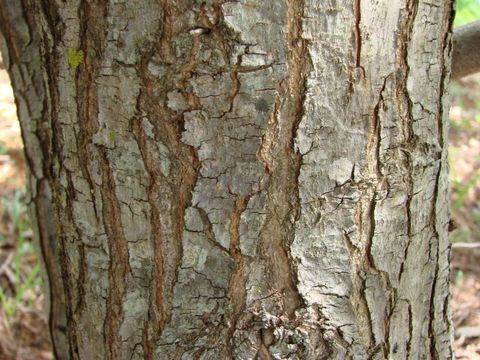
. It really depends on the time of year they are chipped. This species invades aquatic as well as terrestrial habitats greatly reducing the biodiversity of natural communities. Its bright red berries and brilliant green foliage are used frequently as Christmas decorations.
Special features of Brazilian Pepper Tree Attracts birds. Once you have cut split and then dried the wood it will burn well if you need it for firewood. It has been used as a diuretic and for the treatment of tumors.
This species is an aggressive woody weed. Brazilian peppertree is still employed in herbal medicine today in many countries. It is used for many conditions in the tropics including menstrual disorders bronchitis gingivitis gonorrhea gout eye infections rheumatism sores swellings tuberculosis ulcers urethritis urogenital disorders venereal diseases warts and wounds.
Unlike its relatives the Brazilian Peppertree isnt used to season food. An herbicide containing triclopyr or glyphosate is applied directly to the trees foliage. Investigation of botanical folk medicines for wounds and infections led us to study Schinus terebinthifolia Brazilian Peppertree as a potential source of virulence inhibitors.
Once called Florida holly for its bright red berries Brazilian pepper branches were often used as Christmas decorations in Florida. The species was brought into Florida in mid-1800 for use as an ornamental plant. Resource use mechanisms of BP are intertwined with the enemy release hypothesis where the effects of enemy release will be greatest for high resource use species that possess high nutrient uptake ability in resource rich environments Blumenthal et al 2009.
Its bright red berries and brilliant green foliage are used frequently as Christmas decorations. Brazilian Pepper Health Uses and Health Benefits. Its role is more medicinal.
Brazilian Peppertree TRIBAL AND HERBAL MEDICINE USES. Results of a foliar application will be wilting of leaves. In regards to receiving wood chips from tree trimming services with Brazil Pepper plants in them.
Imported from South America in the 1840s Brazilian peppertree quickly spread into natural areas taking over native tree hammocks pine flatlands and mangrove forest communities. White flowers grow on this tree and fruits are present in clusters. Birds feed on the berries.
And as a female balancing herb for numerous menstrual disorders. Brazilian Pepper Bark Tea as a Laxative. Distribution of Brazilian pepper tree throughout Florida is widespread although limited to the warmer areas due to sensitivity to cold temperatures.
The folk medicine uses of pepper tree are many and include relief from symptoms of ulcers respiratory concerns diarrhea and skin concerns. Brazilian pepper-tree is native to Argentina Paraguay and Brazil. The flowers are classified in apiculture beekeeping as melliferous which means that they produce substances nectar pollen propolis and honeydew that are used by domesticated honeybees.
Brazilian pepper tree wood burns very well. Other uses of Brazilian Pepper Tree Medicinal. The Best Ways to Use the Brazilian Pepper Tree.
It is used in South and Central America as a wound healer mild laxative and diuretic. As a remedy for hypertension and for irregular heartbeat. Its incarnation in the United States is considered invasive in states such as California Florida and Texas with aggressive programs in place to eradicate it from natural ecosystems and disturbed habitats.
Brazilian pepper tree was brought into Florida in mid-1800 for use as an ornamental plant. In Spring to late Summer it will be fine because the Brazil Pepper sets seed in Fall to Winter. It is used for many conditions in the tropics including menstrual disorders bronchitis gingivitis gonorrhea gout eye infections rheumatism sores swellings tuberculosis ulcers urethritis urogenital disorders venereal diseases warts and wounds.
However most contemporary uses of Brazilian pepper tree are focused on its activity against harmful organisms. It can grow in damp places. Bark-And-Leaf Tea Is Used as a Stimulant and Antidepressant.
Its against the law to. Brazilian Pepper is dioecious meaning that any individual tree will have only male flowers which produce pollen or only female flowers which produce seeds. The small pink fruits from this tree have been used by traditional Amazonian healers for generations to treat infections and wounds.
Its scientific name is Schinus terebinthifolia. Phytochemical analysis of Brazilian peppertree reveals that the plant contains tannins alkaloids. So as long as you get your chips in SpringSummer which is better anyway due to lots of green new growth in the mix you should.
Traditionally Brazilian pepper has been used in herbal medicine for its natural anti. Liquid tincture from the bark is used as a stimulant and tonic. Resource Use Mechanisms of the Brazilian Pepper Tree.
However because the tree has a lot of sap internally you will need to dry it out before it can even be considered to be used for burning. The sap however can cause skin irritation for sensitive skin. Its fruits can be pink or red in color.
Its bright red berries and brilliant green foliage we re used frequently as Christmas decoration as its berries ripen in late fall and is someti mes known as Florida holly. Remedial healers have used it topically for gout syphilis as well as cases or rheumatism. Brazilian pepper is considered an invasive species in other parts of the world including in the United States and South Africa.
Brazilian peppertree produces a dense canopy that shades out all other plants and provides a very poor habitat for native species. Today herbalists and natural health practitioners in both North and South America use Brazilian peppertree mostly for colds flu and other upper respiratory infections. Brazilian pepper was brought into Florida in mid -1800s for use as an ornamental plant before people were aware of the problems it would create.
Brazilian pepper is the fruit of the Brazilian peppertree Schinus terebinthifolius. Brazilian peppertree is still employed in herbal medicine today in many countries. For fungal infections and Candida.
Native to South America. The Brazilian pepper tree is a small tree and can grow to a height of 33 ft 101 m. The herbicide will be translocated to other parts of the tree thus effec-tively controlling the Brazilian pepper-tree.
Several studies have confirmed Brazilian pepper tree to be toxic against Staphylococcus. Virtually all parts of this tropical tree including its leaves bark fruit seeds.
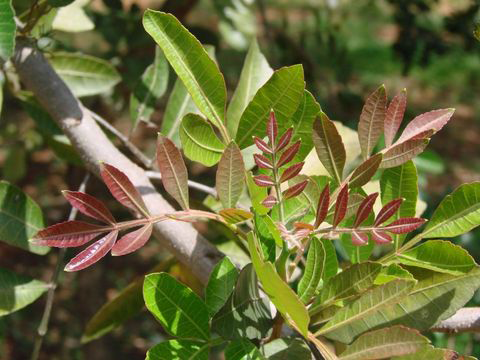
Brazilian Pepper Tree Facts And Health Benefits
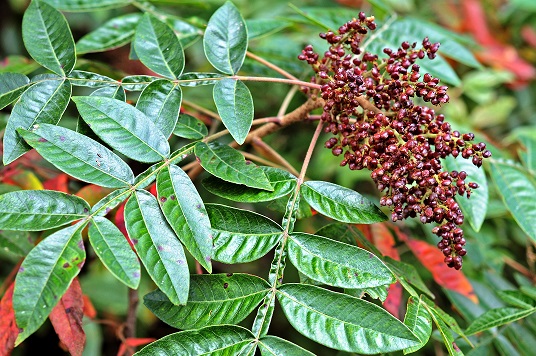
Could It Be A Brazilian Pepper Tree Uf Ifas Extension Pinellas County

Brazilian Pepper Tree Mlalazi Estuarine Floodplain Inaturalist

Brazilian Pepper Tree Facts And Health Benefits

Brazilian Pepper Tree A Berry With Big Benefits

Brazilian Pepper Everglades Cisma

Brazilian Peppertree Schinus Terebinthifolia Sapindales Anacardiaceae 5421914
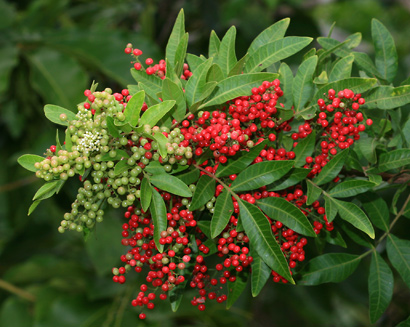
Newsletter 23 January 2012 Eat The Weeds And Other Things Too
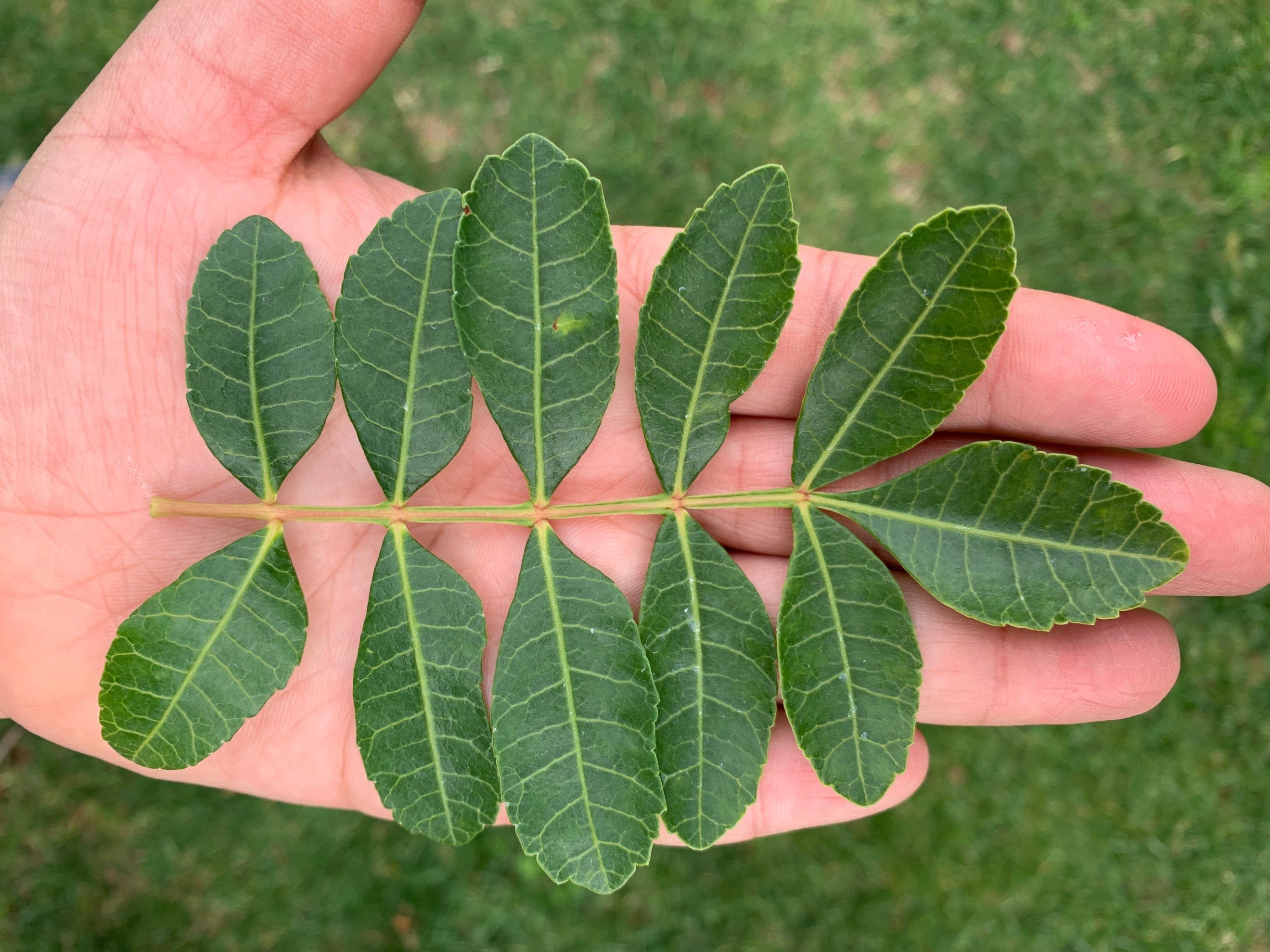
Brazilian Pepper University Of Redlands
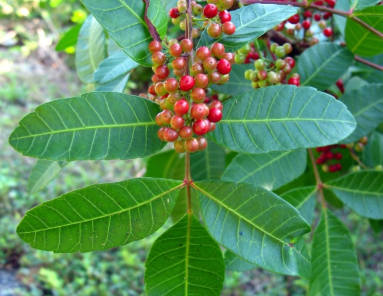
Invasive Plant Spotlight Brazilian Pepper U S National Park Service
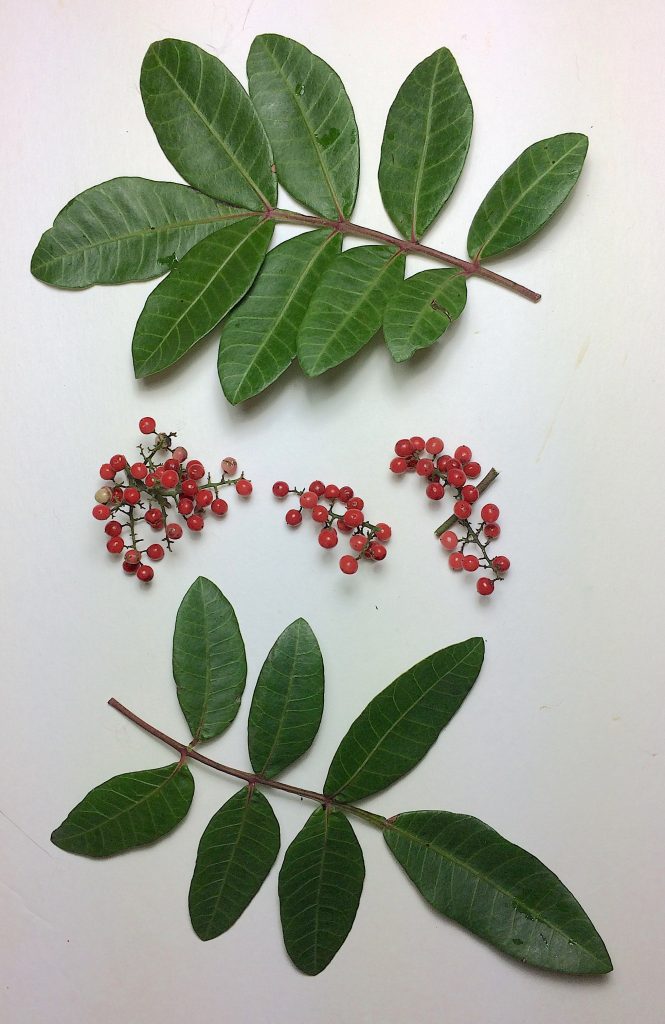
Alternative Pepper Or Brazilian Pest Eat The Weeds And Other Things Too
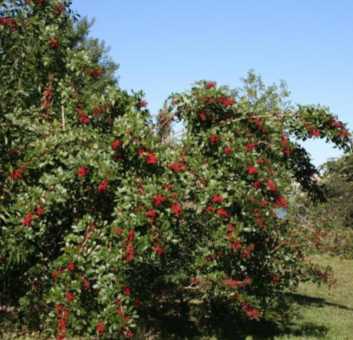
Invasive Plant Spotlight Brazilian Pepper U S National Park Service

Florida Researchers Use Pests To Help Control Pesky Brazilian Peppertree Plant Npr

Brazilian Pepper Tree Mlalazi Estuarine Floodplain Inaturalist
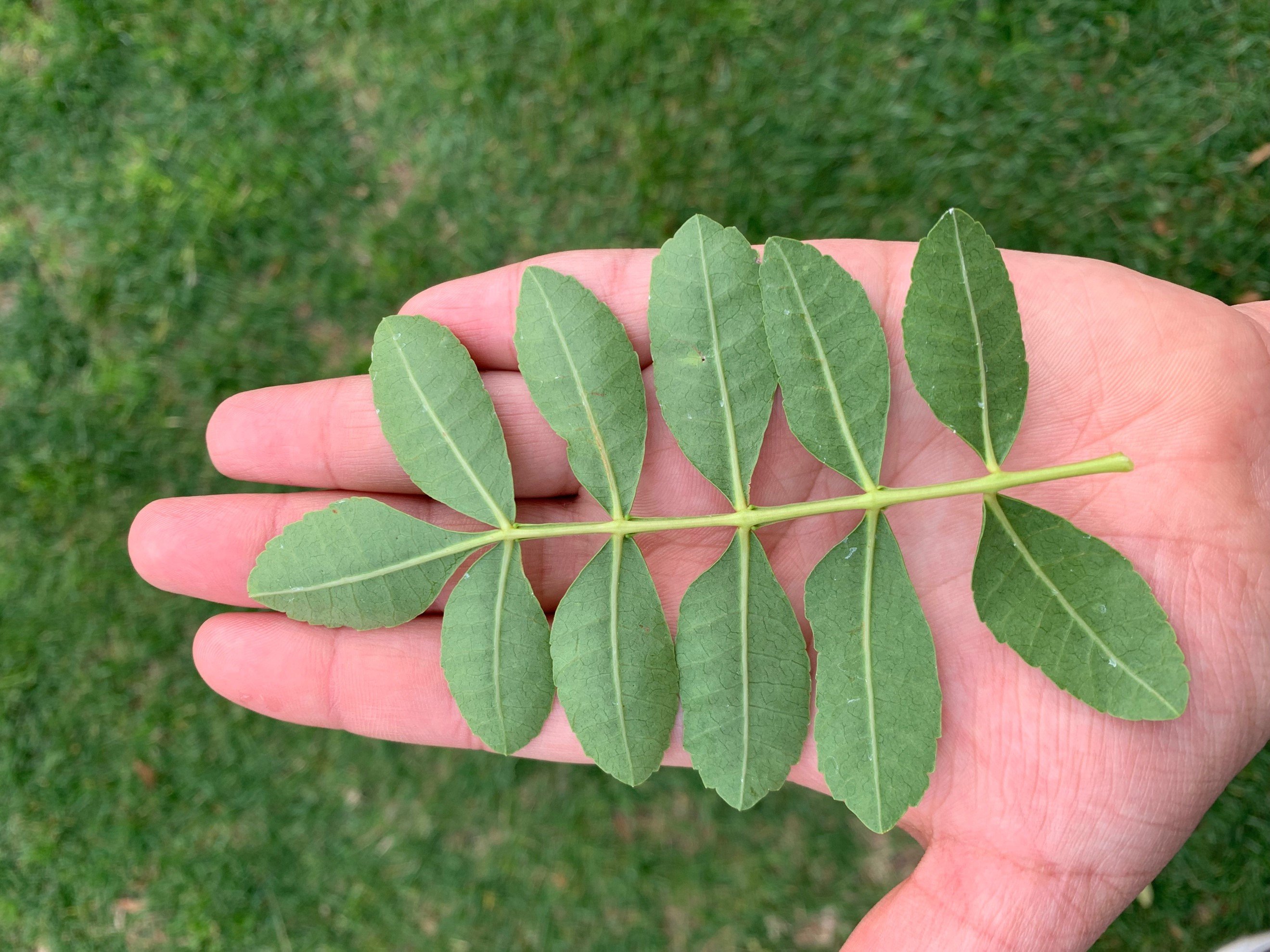
Brazilian Pepper University Of Redlands
Brazilian Pepper Tree On Most Hated Plants List


